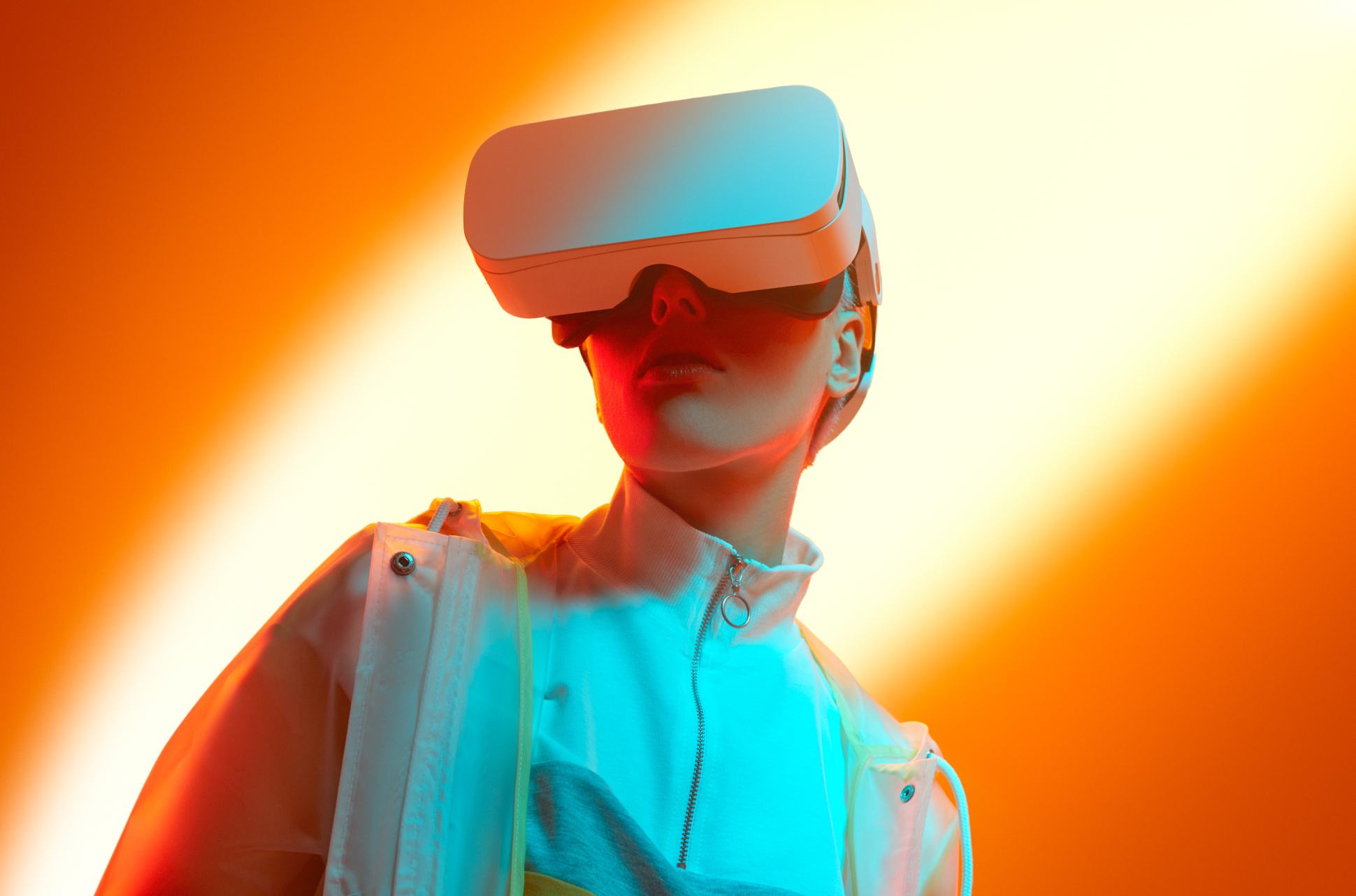Written for Stial Digital and originally published on Jun 16th, 2016.
As we move to the halfway point of 2016, we’ve seen some interesting trends across digital media. Here are our top 5 picks for trends that are dominating the digital media landscape:
1. Quality Video Content
It’s weird. I don’t think I’ve watched broadcast television at all in the past 10 years. That doesn’t mean I haven’t been watching TV shows, I just haven’t been watching them on an actual TV set. These days, everything I watch is online. 10 years ago my after work ritual was to pop in a DVD or watch what was on cable for the night, but now it can be anything from streaming Netflix on a laptop hooked up to a TV, to straight up watching my favourite podcasts. And it seems like I’m not the only one.
If I told you 5-10 years ago that by the time 2016 came around, you’d be able to order a full green-screen kit with lighting and stands for under AUD/USD $100 you’d tell me that either A) it’d be cheap and flimsy, or B) I’m insane. Ok, maybe the second one is a little bit true but it’s actually really cool that independent media production has reached a point where we can have things like green-screens and drones delivered straight to our front doors.
The chasm between the quality of traditional broadcast media content and online/digital media has been rapidly bridged in the past half-decade without an end in sight. This, of course, has extended to big brands too with companies such as Adidas and Clean & Clear embracing quality video content to reach its audience.
2. VR/AR
It’s the future! No longer confined to the cyberpunk, synth-laden worlds that we saw in 80s sci-fi movies, Virtual Reality has arrived and is knocking loudly at the door. Projects such as Facebook’s Oculus Rift, Sony’s PlayStation VR, and Microsoft’s HoloLens are leading the way for the Virtual Reality/Augmented Reality landscape. While Virtual Reality is focused entirely on placing you in a completely different world (a la The Matrix), Augmented Reality is used to overlay information into your real-world vision span. So for example, the videos from the initial round of Google Glass concepts demonstrated very well how you could have maps overlayed on your vision span with the use of glasses/goggles to help you navigate your immediate environment.
With Facebook now presiding over the Oculus Rift, who knows what virtual environments we can generate within the world of the Rift to interact with friends down the road, or half a world away. Paris? Milan? Exotic jungles? Spaceships? Everything is on the table!
3. Ad personalisation
Not unlike the dream adverts we saw in Futurama, ad personalisation has taken a new step towards the future. Ok so maybe we can’t have ads beamed directly into our dreams (thank god!), but we’re getting there. Lexus ran a campaign last year called “Beyond Utility: 1000 to 1” which paired Facebook’s data to target users by interests and were able to accurately segment Lexus’ target demographic across a variety of criteria. Ads were then generated based on the aforementioned criteria so that each individual would be presented with a completely different video based on their affinities. This multi-layered creative approach is still a few steps away from the dream adverts of Futurama or geomarketing of Minority Report but it’s still early days.
4. Mobile > Desktop
Mobile has been rapidly eclipsing desktop, that part isn’t new. What is new however, is that as of 2015 Google announced that mobile traffic has completely surpassed desktop use for information gathering and social interactions. In fact, there was a Google algorithm dubbed “Mobilegeddon” that was written to downplay sites that aren’t optimised for mobile use. This is a trend that seems to be more and more prevalent with mobile phone and portable device usage exceeding desktop usage based on factors such as convenience and obtainability.
5. Ad Blockers
Ad blockers have been on the rise in the past half-decade or so. Extensions have been made available for both Chrome and Firefox that allow users to curtail their exposure to ads and payment walls for paid subscriptions sites. Last year, Apple announced that iOS 9 would be supporting ad blocking measures on their platforms. We can reasonably then expect that moving into the second half of 2016 and the beginning of 2017, larger companies will be looking into methods to circumvent ad blockers. Ad blocker blockers, if you will. Crazy!
What do you think are some digital media trends changing the digital landscape? Let us know in the comments below!


